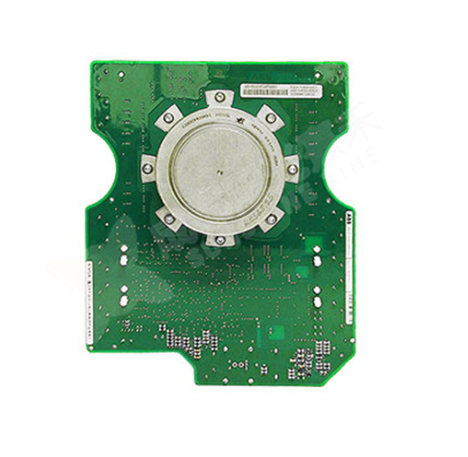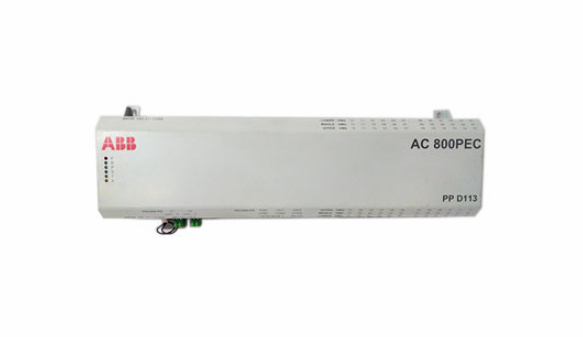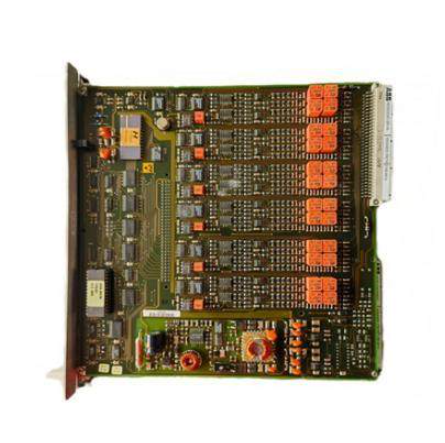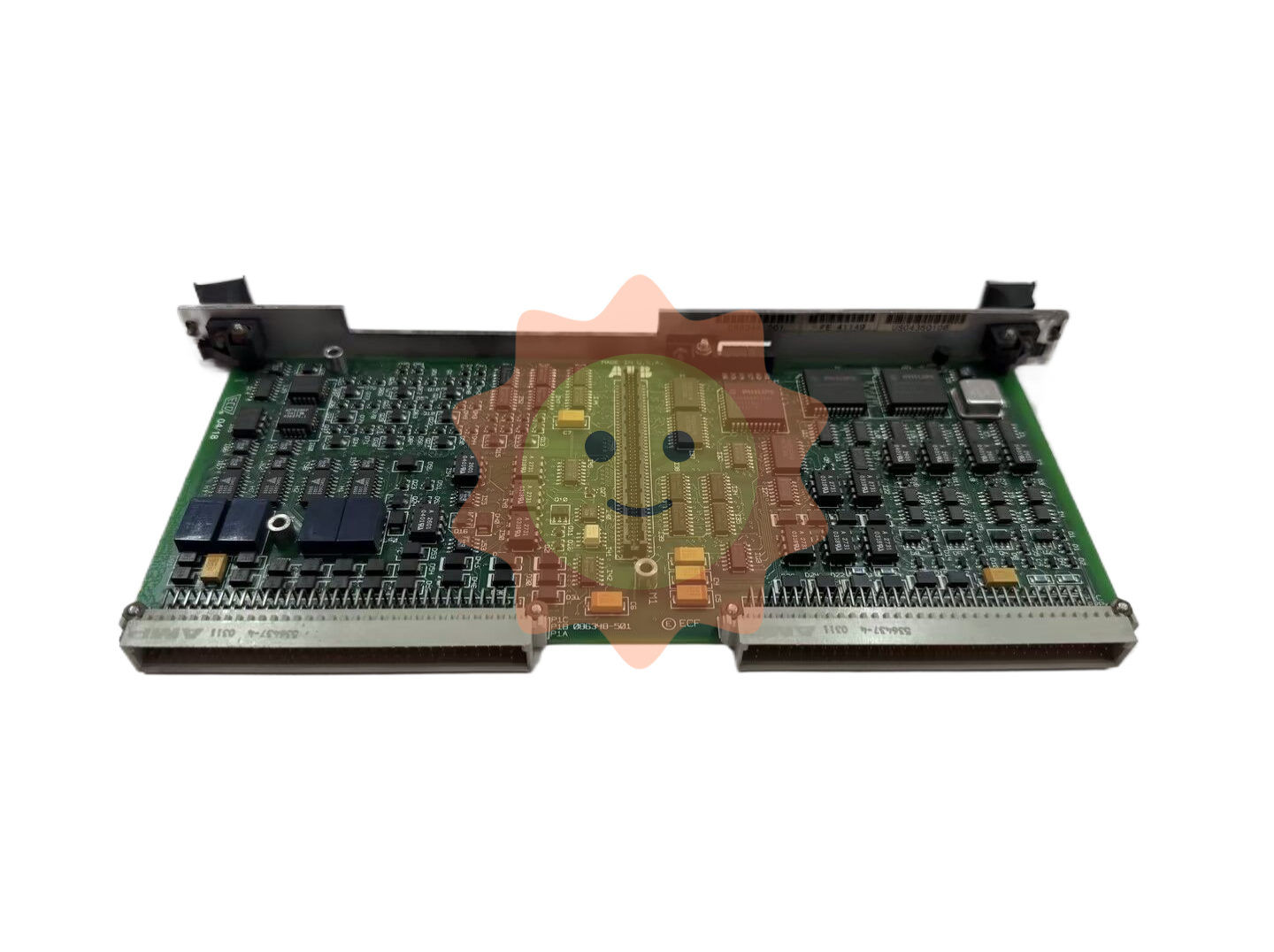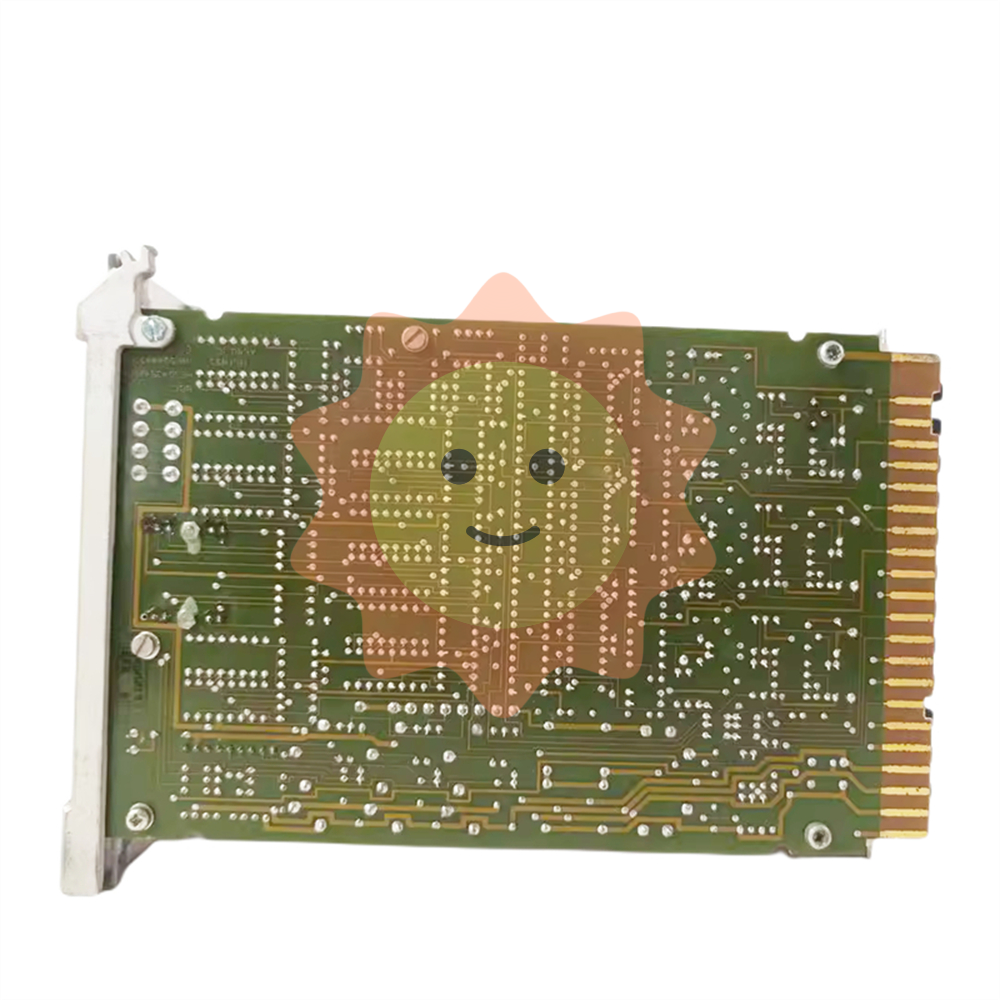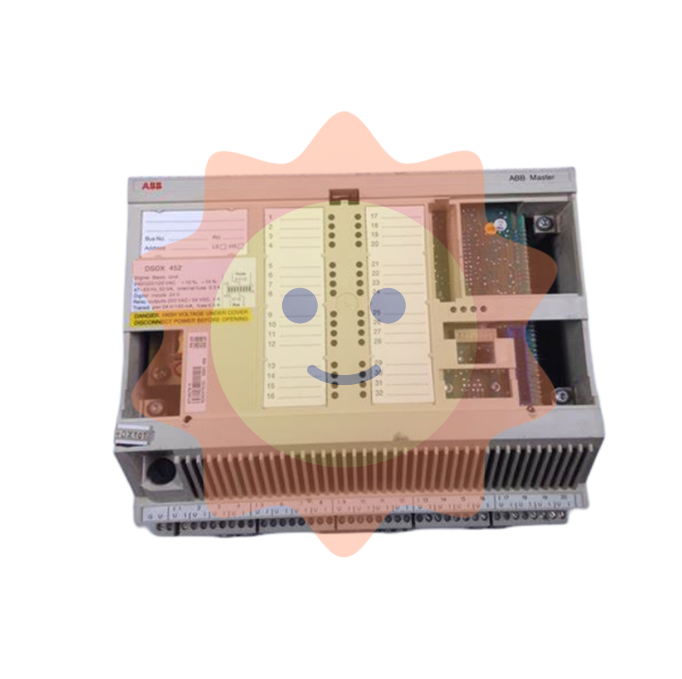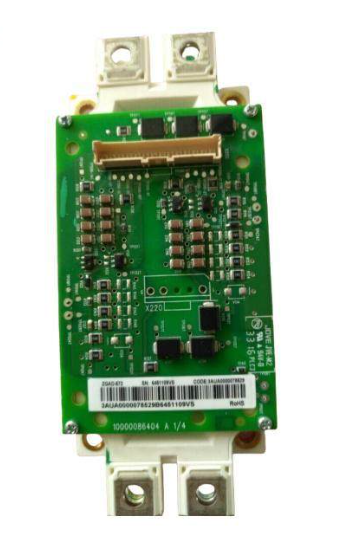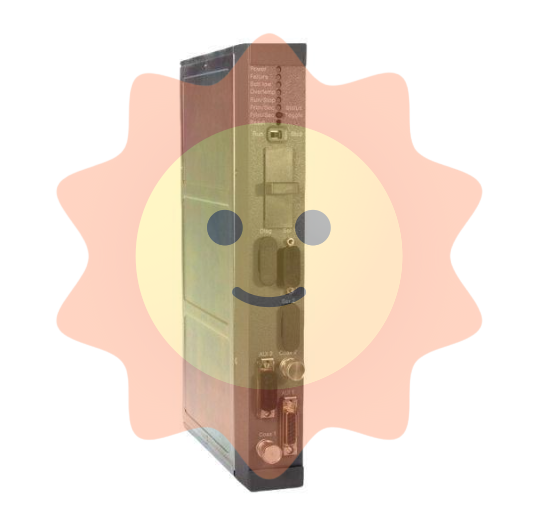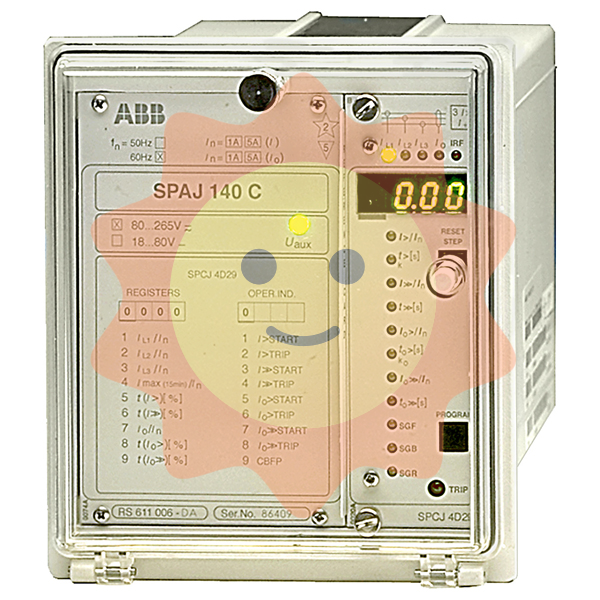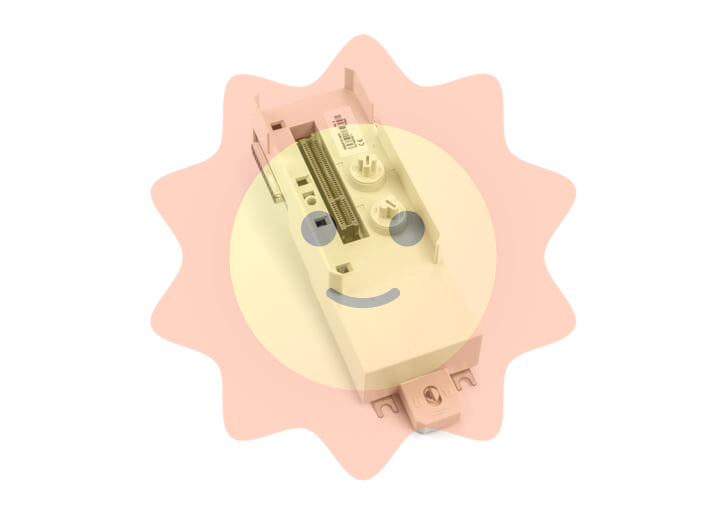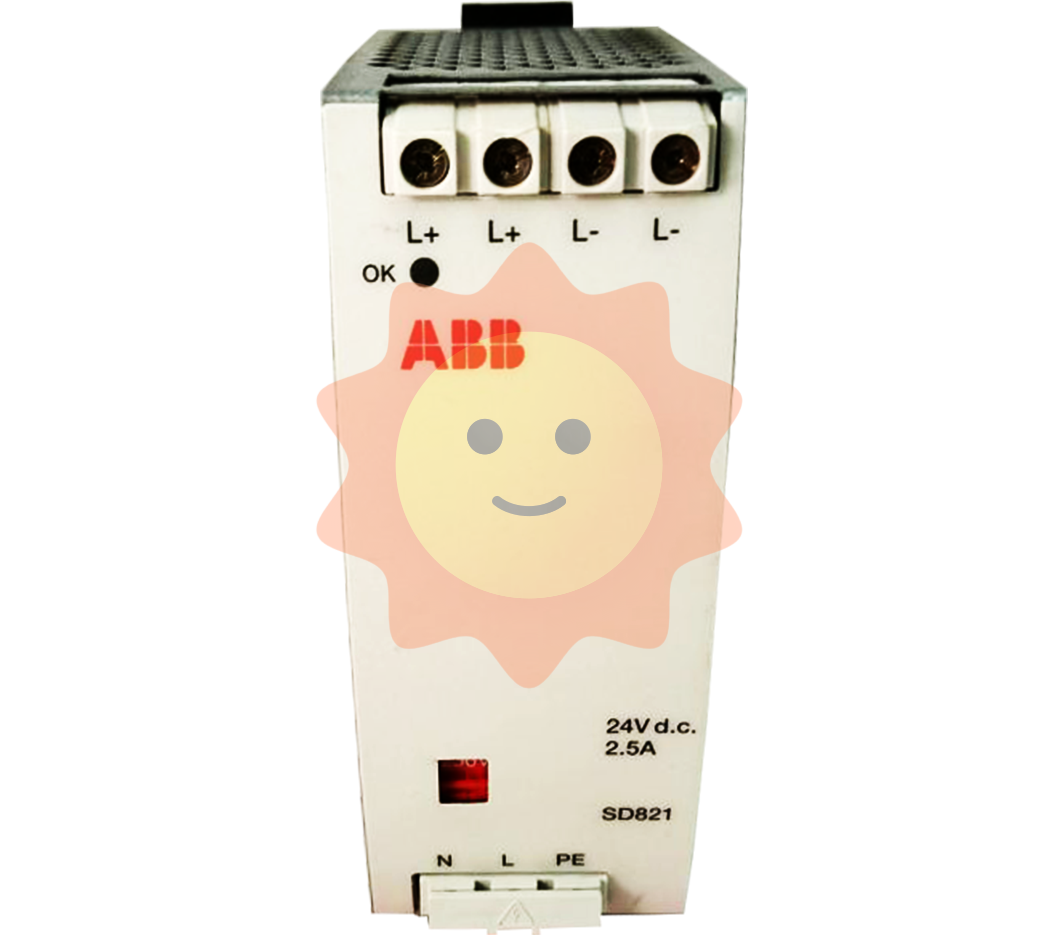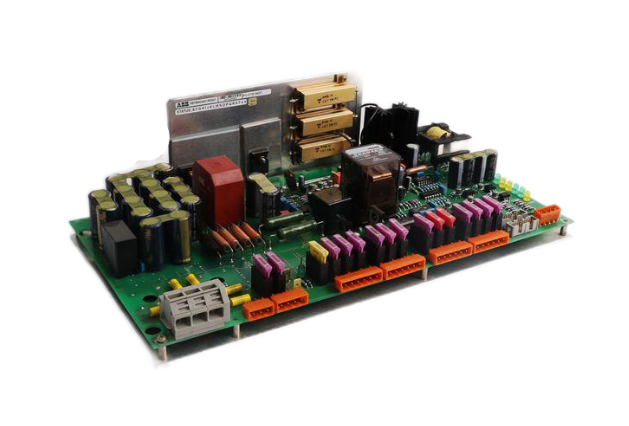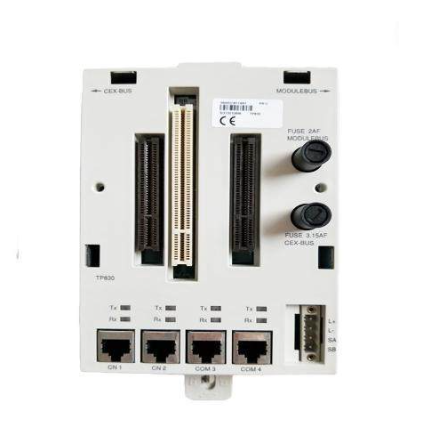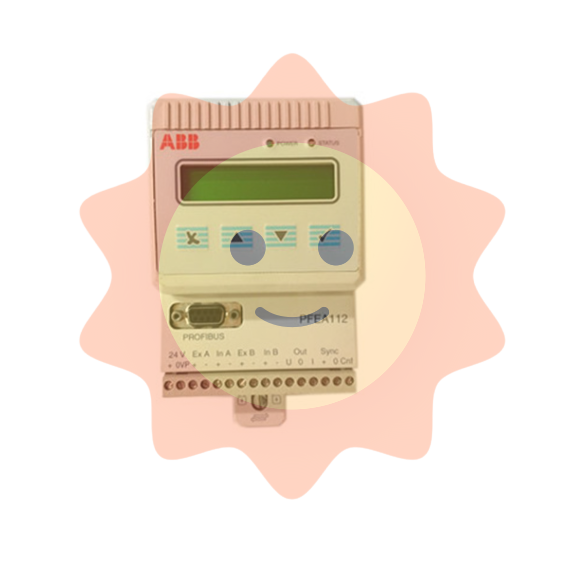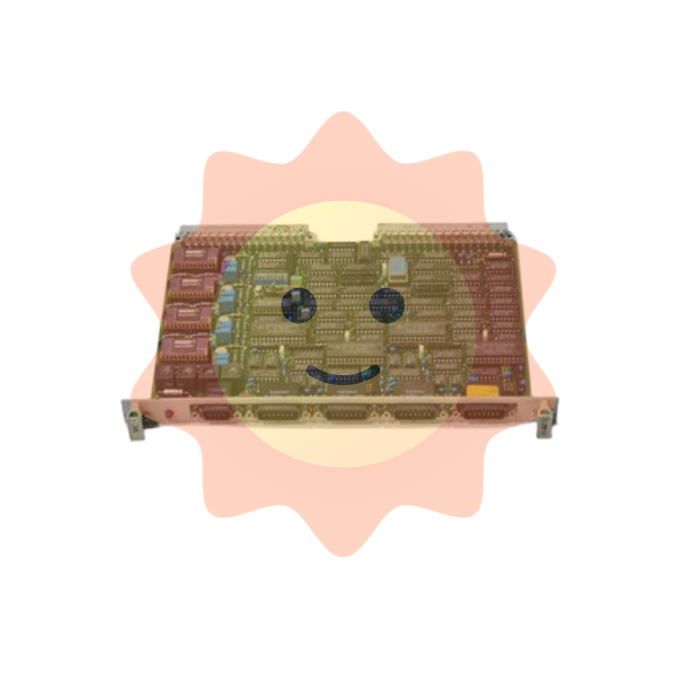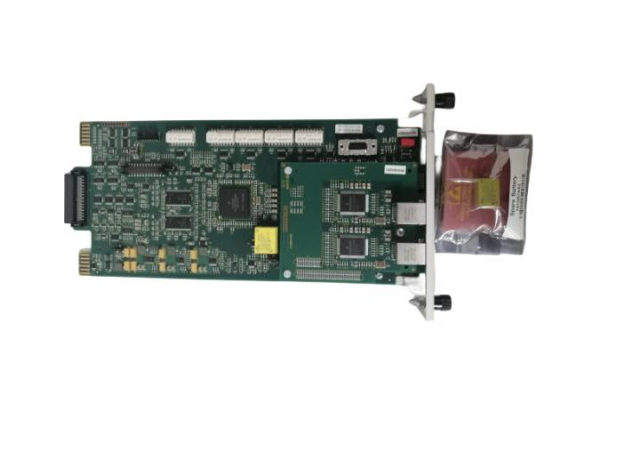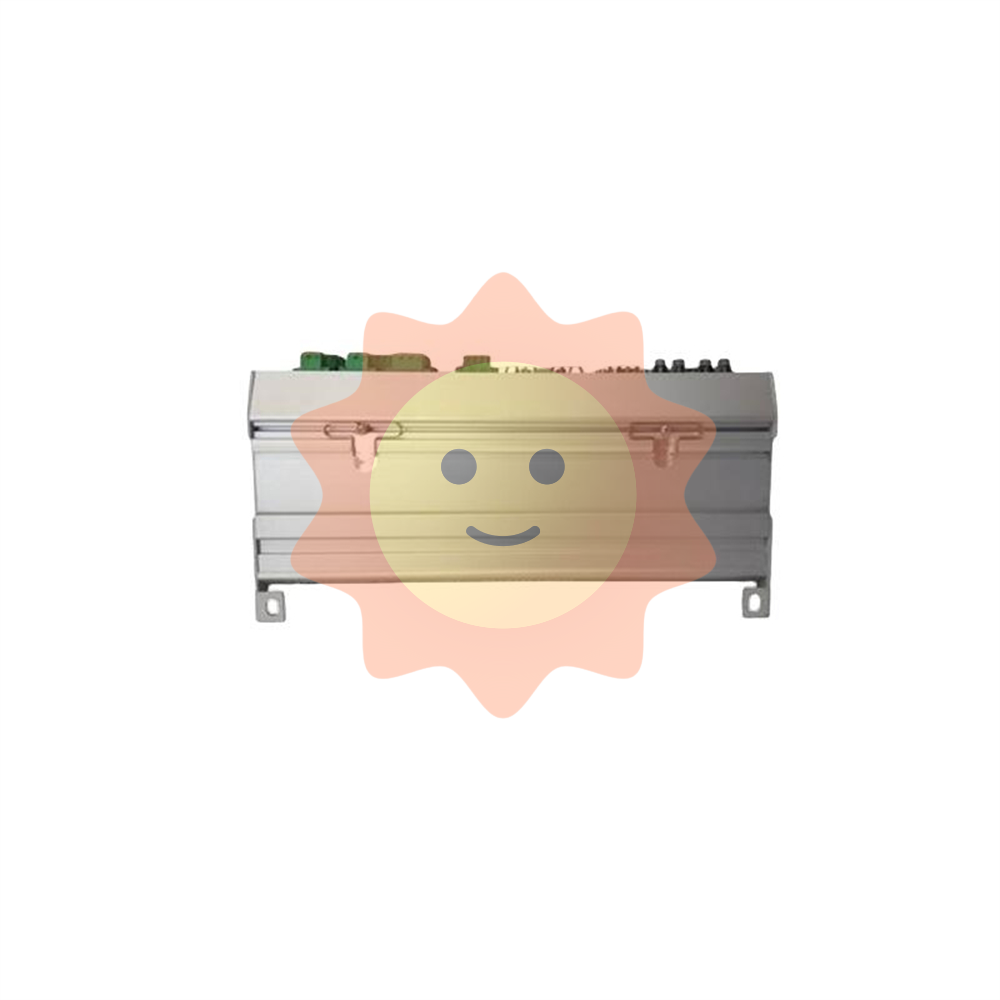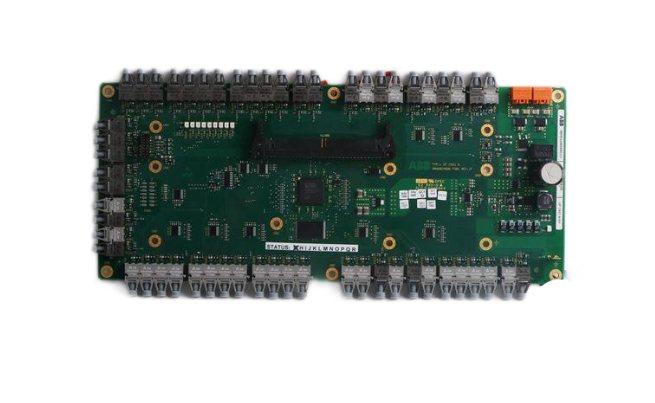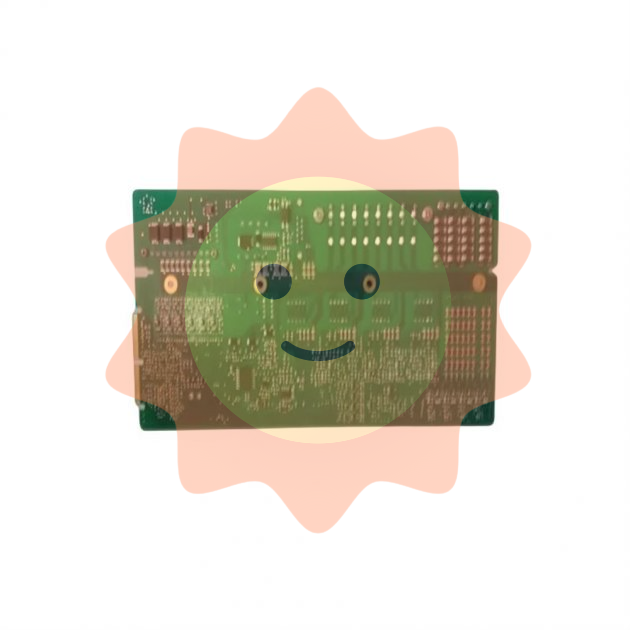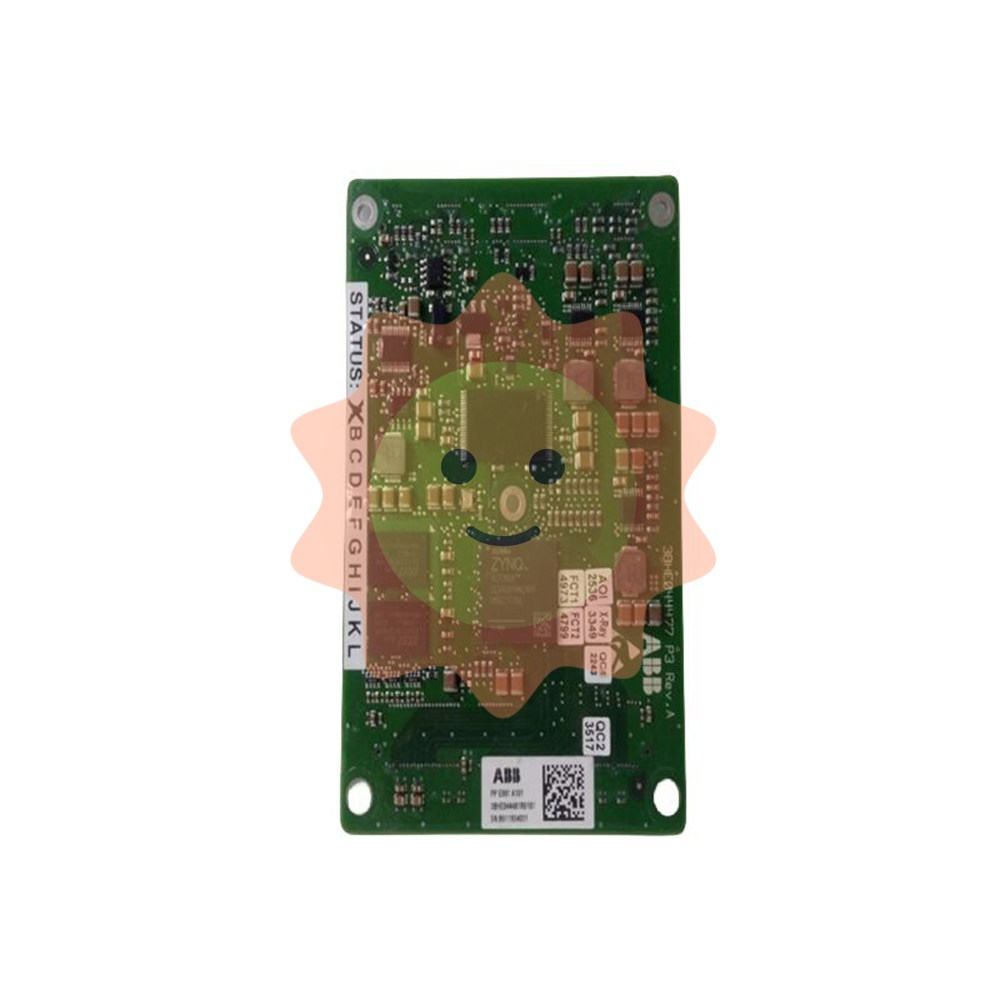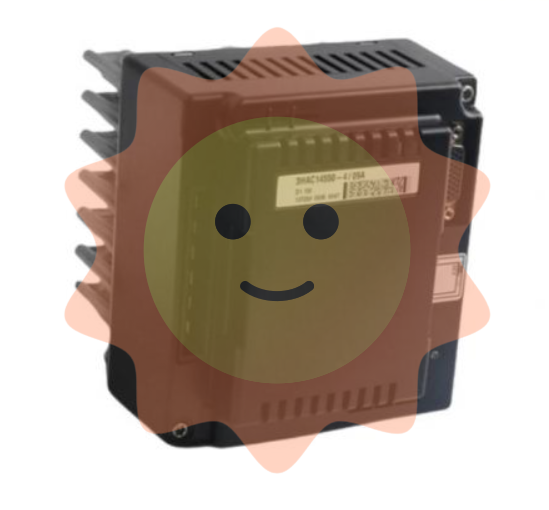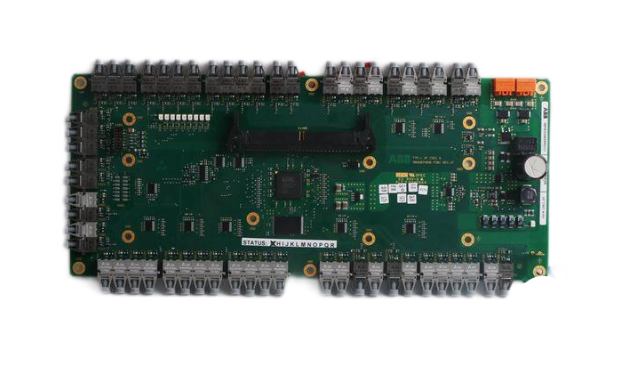One of the four traditional Chinese printing - screen printing process
It originated in China and has a history of more than two thousand years. As early as the Qin and Han dynasties in ancient China, Jiajie printing method appeared. By the Eastern Han Dynasty Jiajie batik printing method has been widely popular, and the level of printed products has also improved. To the Sui Dynasty Daye years, people began to use a frame stretched with silk nets for printing, so that Jiajie printing process developed into screen printing. According to historical records, the exquisite costumes worn in the court during the Tang Dynasty were printed in this way. In the Song Dynasty, screen printing had a development, and improved the original use of oil-based paint, began to add starch powder in the dye, so that it becomes a slurry for screen printing, so that the color of screen printing products more brilliant.
1, What is screen printing?
Screen printing belongs to plate printing, which is known as the four printing methods together with lithography, letterpress and gravure. Simply put, it is a printing process that uses a screen plate made of screen cloth for printing.
2, screen printing is how to operate?
Printing plate (paper film plate or other plate on the plate base can be made through the ink holes) in printing, through a certain pressure to make the ink through the holes of the plate to the substrate (paper, ceramic, etc.) to form an image or text.
Types of screen printing
Screen printing is usually divided into manual printing and mechanical printing. In addition, there is a fast and simple curved screen printing method live screen printing.
Hand printing
That is, from the transfer of paper to the receiving of paper, the upper and lower movement of the plate, and the scraping plate are manually operated.
Mechanical printing
The printing process of mechanical printing is completed by mechanical action. Which is divided into semi-automatic and automatic printing, semi-automatic refers to the substrate into and out of manual operation, printing by mechanical completion; Fully automatic means that the entire printing process is completed by machinery.
Live screen printing
The screen plate is removed directly close to the substrate surface for printing. Using the live screen printing method, can print a large number of processed printing products, such as latex plastic buckets, pure buckets, washbasins, hot water bottles, cups, bowls, plates and other products. At the same time, the signboard characters can be printed on the car by this method, and the characters can also be printed on the shaped plane.

Method of screen printing
Screen printing is not only suitable for general paper printing, but also has a wide range of adaptability. According to the different texture of the substrate, the printing is not the same, although there is an inseparable internal connection between the various series, but because the substrate is different (that is, the chemical and physical properties are different), each has its own particularity. Therefore, people are usually divided into several categories according to the substrate: paper printing, plastic printing, ceramic printing, glass printing, circuit board printing, metal printing, textile printing and so on.
Application of screen printing
Screen printing has a wide range of applications, such as integrated circuit boards in industrial products, conductive lines, metal products shells, glassware, various shaped plastic products, textile and clothing, packaging and decoration materials, leather and fur, printmaking, all kinds of office supplies and other materials surface printing processing.
Especially in the field of special printing technology, screen printing plays an irreplaceable role in other printing technologies, such as a variety of anti-counterfeiting printing, special process printing processing.
Advantages of screen printing
Among the four common types of printing, offset, letterpress or gravure are printing methods that use flat materials as the main carrier, while screen printing is better.
Screen printing can not only use paper as the carrier, but also use plastic products, metal or leather products and other materials as the substrate for printing, to adapt to a wider range of areas.
Offset printing, letterpress or gravure printing is a kind of flat printing, and screen printing can be printed on spherical, curved and even convex surfaces, and the wide range of applications is untouchable by other printing methods. As shown in the relevant chapters of this book, screen printing has become a very common process for designers to use in print design.
In the dark color paper as the printing carrier, the advantages of screen printing are irreplaceable. This is due to the thick ink layer of screen printing, the thickness of the ink layer reaches 5 to 6 times that of offset printing, and the coverage force is far stronger than other printing aspects. The surface texture is also richer and brighter than offset printing ink.
Screen printing can be used in a wide range of inks, not limited by oil or water, so that screen printing has a greater use of space. Screen printing maximum printing format can reach 300cm or even 400cm, if the production of screen printing technology can be improved, the production of larger size of the print is not very difficult.

Disadvantages of screen printing
In terms of the quality of printed matter, the quality of screen printing is not better than offset printing, due to the use of screen printing and scraper operation (especially manual operation), you can not expect the print to have excellent quality assurance, but also need to be prepared psychologically, because manual screen printing may appear a lot of waste and defective products.
Mass production of screen printing products is relatively difficult, in offset printing a few minutes to complete the printing, in screen printing probably requires multiple hours.
Four-color overprint gradient images are not as easy to achieve in screen printing as offset printing.
In short, it may be more appropriate to understand screen printing as easier to complement ordinary offset printing, in special printing carriers or when different artistic effects are needed, screen printing is another choice that designers can try to apply.
The American "Screen printing" magazine commented on the Chinese screen printing technology: "There is evidence that the Chinese used horse hair and templates two thousand years ago. The clothing of the early Ming Dynasty attests to their competitive spirit and processing skills." The invention of screen printing has promoted the development of human material civilization in the world. Today, after two thousand years, screen printing technology continues to develop and improve, and has now become an indispensable part of human life.
- EMERSON
- Honeywell
- CTI
- Rolls-Royce
- General Electric
- Woodward
- Yaskawa
- xYCOM
- Motorola
- Siemens
- Rockwell
- ABB
- B&R
- HIMA
- Construction site
- electricity
- Automobile market
- PLC
- DCS
- Motor drivers
- VSD
- Implications
- cement
- CO2
- CEM
- methane
- Artificial intelligence
- Titanic
- Solar energy
- Hydrogen fuel cell
- Hydrogen and fuel cells
- Hydrogen and oxygen fuel cells
- tyre
- Chemical fiber
- dynamo
- corpuscle
- Pulp and paper
- printing
- fossil
- FANUC
- Food and beverage
- Life science
- Sewage treatment
- Personal care
- electricity
- boats
- infrastructure
- Automobile industry
- metallurgy
- Nuclear power generation
- Geothermal power generation
- Water and wastewater
- Infrastructure construction
- Mine hazard
- steel
- papermaking
- Natural gas industry
- Infrastructure construction
- Power and energy
- Rubber and plastic
- Renewable energy
- pharmacy
- mining
- Plastic industry
- Schneider
- Kongsberg
- NI
- Wind energy
- International petroleum
- International new energy network
- gas
- WATLOW
- ProSoft
- SEW
- wind
- ADVANCED
- Reliance
- YOKOGAWA
- TRICONEX
- FOXBORO
- METSO
- MAN
- Advantest
- ADVANCED
- ALSTOM
- Control Wave
- AB
- AMAT
- STUDER
- KONGSBERG
- MOTOROLA
- DANAHER MOTION
- Bently
- Galil
- EATON
- MOLEX
- Triconex
- DEIF
- B&W
- ZYGO
- Aerotech
- DANFOSS
- KOLLMORGEN
- Beijer
- Endress+Hauser
- MOOG
- KB
- Moxa
- Rexroth


Email:wang@kongjiangauto.com



































































